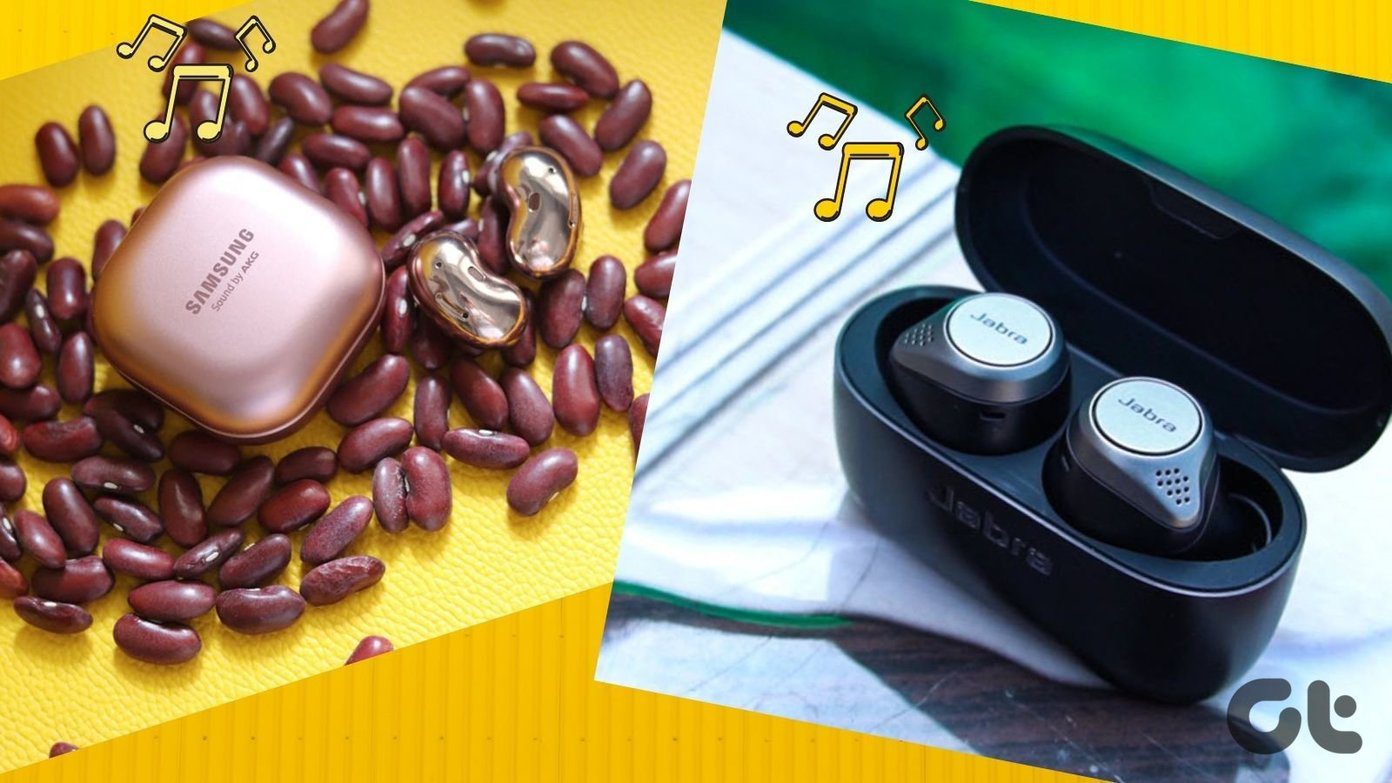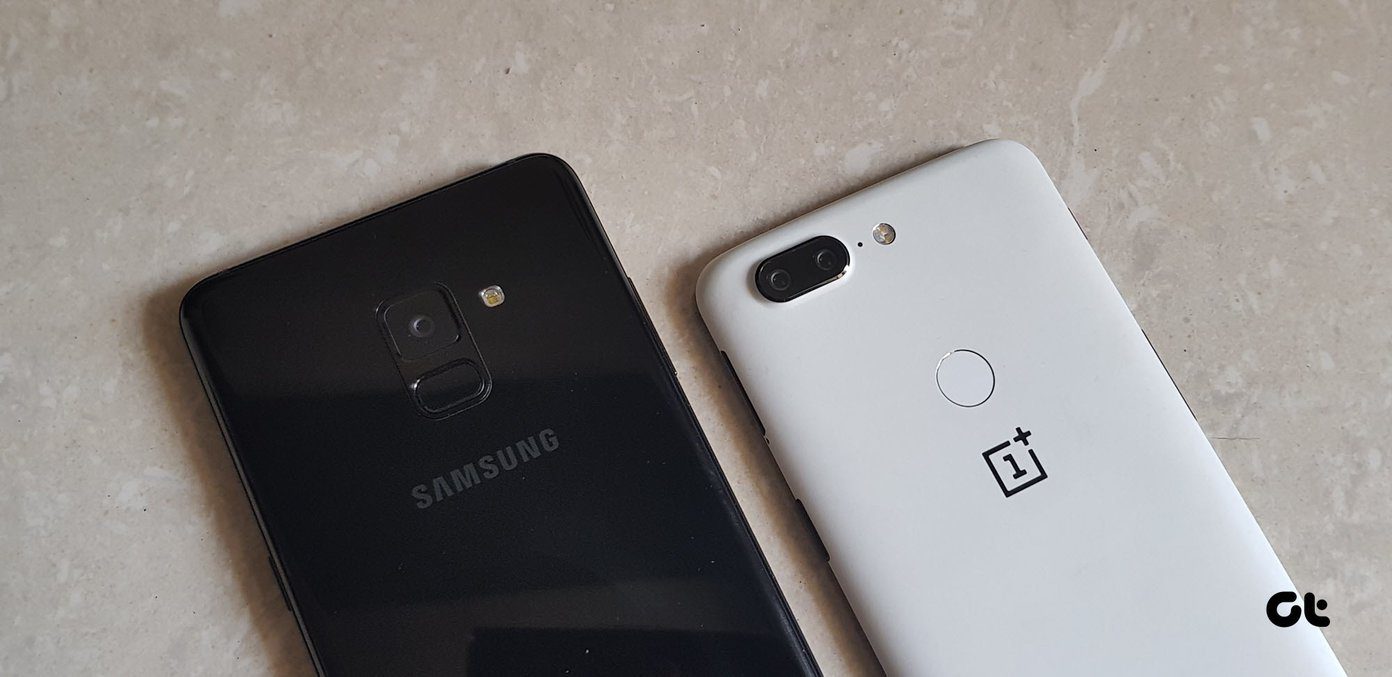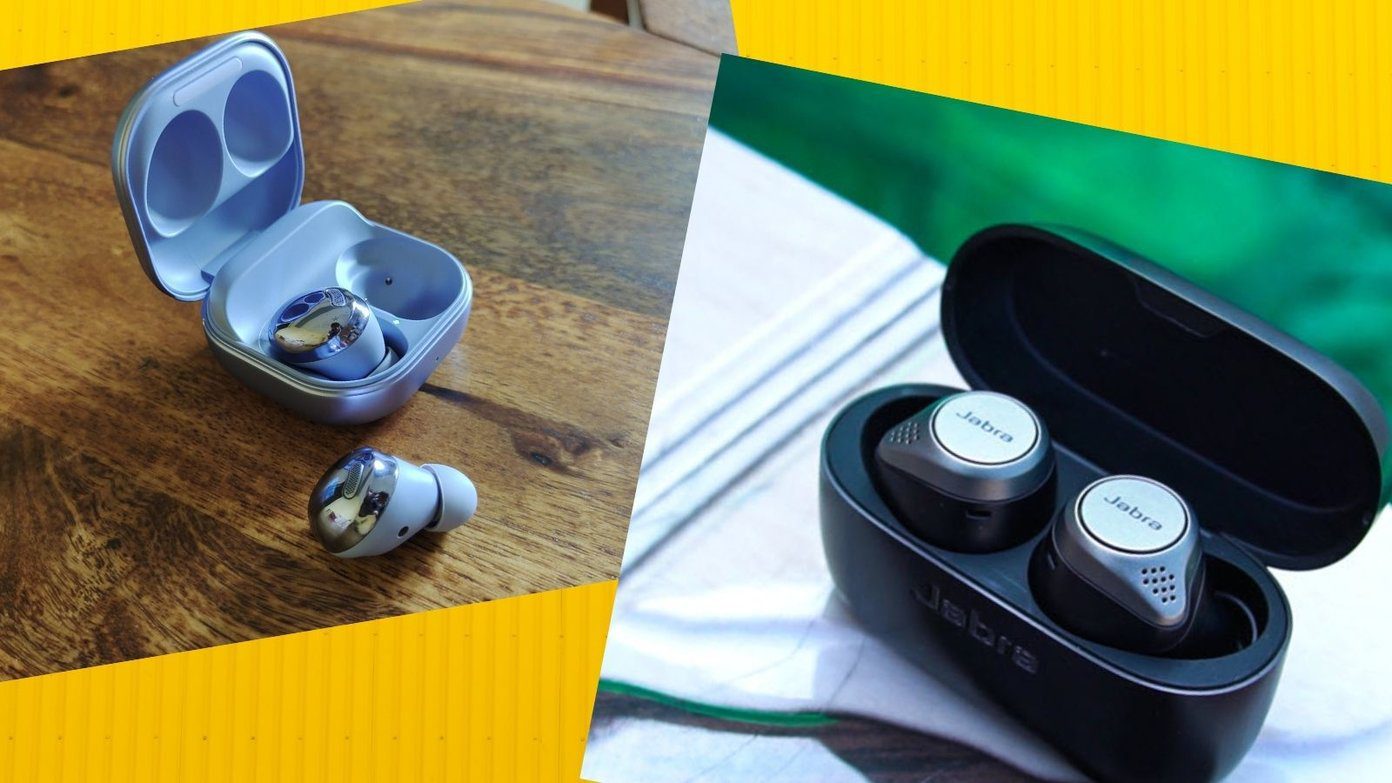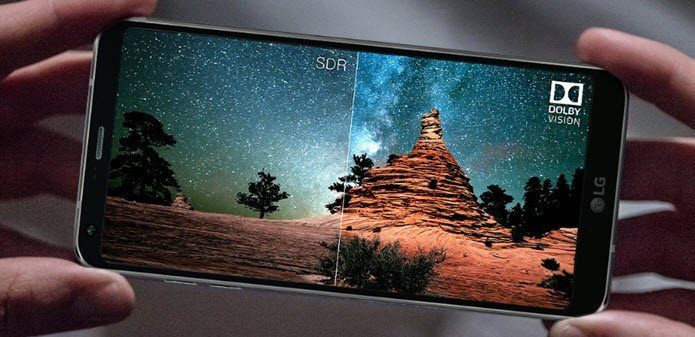With the rise of Xiaomi as one of the leading smartphone brands in India, thanks to their budget offerings, it appears that Samsung also doesn’t want to be left behind in this race. Just a fortnight into 2018, Samsung is back with an entry-level phone — the Galaxy On7 Prime. The Samsung On7 Prime retails at Rs 12,990 and while it may share the looks of the Galaxy J7 Prime or the Galaxy J7 Max, it has many new features in its arsenal. With Samsung heavily marketing its new apps, it’s clear that the company wants consumers to focus on them instead of other specs. Yes, there are are a few things that are really great about it, however, the Galaxy On7 Prime is not without loose ends. So, let’s see how the phone fares for a budget device.
Design: Same Ol’ Style
If you have seen 2016’s Samsung Galaxy J7 Prime, you wouldn’t find much difference in the design of the Galaxy On7 Prime save for the redesigned button icons. At 5.5-inches and a 16:9 screen aspect ratio, the Galaxy On7 Prime sports a glass front and a metal unibody with curved corners. The back is smooth and is broken only by the camera module and the LED flash. Unlike 2017’s Galaxy J7 Pro, the antenna lines aren’t visible. What I liked about the rear is that it doesn’t draw much fingerprint smudges. What’s more, at just 8mm, the phone is sleek and is easy on the hands. The front is covered by a 2.5D curved glass. At this price range, naturally, you wouldn’t get Gorilla glass, so it’s advisable to get a decent phone cover as soon as possible. Additionally, the glass is shiny and gets its regular share of fingerprint smudges. In fact, during the time it was with me, I found myself wiping the screen more often. From full-palm smudges to the lock pattern tracings, you can make out everything if you look for it. The Galaxy On7 Prime has standard fittings. We have the power button to the right while the volume rockers and the SIM trays are to the left. The 3.5mm headphone jack finds its place at the bottom edge along with the charging port and the mic. The placement of the mono speaker is spot on. It’s located just above the power button thus preventing the audio from getting muffled. The fingerprint sensor has maintained its presence at the bottom chin along with the hardware capacitive buttons. While the design is old-school, another disappointing aspect about the Galaxy On7 Prime is the use of an older micro-USB port. It’s 2018 and its high time that even the budget devices enter the ubiquitous USB Type-C club. In a nutshell, the Galaxy On7 Prime is part of the same crowd of Samsung’s J-series lineup.
Display: Sharp but …
Thankfully, what the Galaxy On7 Prime lacks the design aspect, it tries to make up in the display department. It sports a 5.5-inch FHD TFT LCD display, which feels bright, vivid and crisp. The display is sharp with the text easily readable even when the screen zoom is set to minimum. However, a big concern with the On7 Prime is the automatic brightness sensor aka the Ambient Light sensor. This phone doesn’t come with one, which means that I’ve often found myself cranking the screen brightness up or down manually. Yes, it’s a budget device but, if I’m shelling out 12,000 bucks, I wouldn’t want to manually adjust the brightness each and every time I move from a dark area to a fully-lit room or vice versa. In the long run, it’d turn out to be extremely annoying.
Hardware and Performance: Satisfactory
Coming to the hardware specifications, the Galaxy On7 Prime is powered by a 1.6GHz Octa-Core Exynos 7870 chipset and 3GB of RAM. The onboard storage is of 16GB, which can be expanded to 256GB, thanks to the dedicated memory card storage. The Exynos 7870 chipset has been seen in a number of budget entries from Samsung over the years and is often compared to the Snapdragon 625 — the king of mid-range chipsets. The 7870 handles most of the regular tasks with ease, however, you may see a few snags and lags once in a while. When it comes to gaming, the Samsung Galaxy On7 Prime handles the easy-peasy games with grace. When it came to high-resolution games such as Asphalt 8, we could see a couple of frame skips and stutters in between, which was expected. What was commendable about the processor was that the phone is able to maintain its cool even when gaming for a long time. After playing Asphalt 8 on high-res for some 20-odd minutes, the temperature at the front was only 33.4°C (92°F) while at the back it was just 31.3°C (88°F). Coming to the benchmark scores, the Samsung On7 Prime clocked a score of 48084 in the AnTuTu benchmarking tool, which is just average for this price range. In comparison, Xiaomi Mi A1, which costs around two thousand bucks more, scored an impressive 62959 points. However, it truly disappointed me when it came to the sensors. It lacks several important sensors like NFC, compass, and gyroscope. The absence of NFC means that you won’t be able to use Android Beam. Besides, the unavailability of the compass wouldn’t let you see the direction you are facing on Google Maps initially. Though it sounds trivial at first, it’ll surely bring down the Android experience in the longer run.
Software: Apps, Apps and More Apps
The Samsung Galaxy On7 Prime runs Samsung’s Experience version 8.5 on top of the dated Android Nougat. Had it been early 2017, this version of Android would’ve seemed apt. But it’s one of the first phones from Samsung in 2018 and Android Oreo would have been more than welcome. Another disappointing aspect is that the security patch is from August 2017. What is even more surprising is that the mid-range Galaxy A8+, which was launched around the same time, has a date of January. Samsung hopes to balance the above shortcomings with the slew of software ‘features’, rather apps. Notably, the Galaxy On7 Prime boasts of Bixby Home, Samsung Mall, and Samsung Pay Mini. Bixby Home gathers most of your important stuff like meetings, reminders, and social media notification under one roof, which at first sight seem dramatically productive. But this gimmick has one major issue and that is adaptability. If you’re one who readily accepts new features, it’s great. However, usually, a lot of people seldom use these features after a few days. If you’re one of them, Bixby Home would be just another bloatware. Another new app on the Galaxy On7 Prime is Samsung Mall with Visual Search. This nifty feature lets you shoot and shop across various e-commerce websites. In our tests, Bixby’s visual search could easily recognize simple objects like cups, toys, etc. Throw a phone in the search screen and Bixby will fetch everything from tablets to back covers. Make no mistake, it couldn’t recognize the phone. The only slightly useful feature among these software gimmicks is the Samsung Pay Mini app. A scaled-down version of the Samsung Pay, this is a comprehensive platform from where you can make e-wallet and UPI payments easily. But you won’t be able to make transactions using the Pay Mini since the phone doesn’t have NFC, which is yet again another bummer.
Camera: The Only Good Performer
Both the front and the back camera have 13-megapixel sensors and f/1.9 aperture limit. When it comes to daylight photos, the rear camera can capture pretty decent pictures with good color reproduction. What’s great about it is that it takes minimal time to focus. But, as is the case with most all Samsung phones, you’d have to crank the exposure down at times, else it’ll result in slightly over-exposed pictures. The On7 Prime’s camera also churns out good low-light photos with less noise. However, in the absence of light, the amount of noise is pretty noticeable. The HDR mode is below average on this phone. It takes plenty of time to process the pictures and the end results aren’t quite up to the mark. The selfie camera was a surprise though. It can shoot both normal selfies and wide selfies. The second feature comes in use especially when you have a larger friends group. Moreover, it has some pretty amazing face filters to add the fun element to your selfies. Moving on to the video department, the On7 Prime camera can record FHD videos at 30FPS. However, you may have to use a tripod for recording videos since it lacks both EIS and OIS.
Last but not the least, the Social Camera feature makes sharing pictures on social media as easy as pie. What’s more, the Geo-Like button even adds a tiny location-specific sticker to your pictures.
For a More Detailed Camera Review, Check Out Our Video:
Battery Life: Strong but Slow
Battery life is one of the driving forces behind any smartphone. The Galaxy On7 Prime is powered by a 3,300mAh non-removable unit to see you through a day in the case of regular use. Nevertheless, all is not hale and hearty in the On7 land. The phone supports neither Quick Charge nor Fast Charge. So you’ll have to dedicate around 2.5 hours to charge it to 100%.
My Say
Given the specs and the design of the Samsung Galaxy On7 Prime, it seems as if Samsung has packaged an old hat in a new box. The hardware specs are about a year old and the design is as ordinary as it can get. Of course, it has its share of new features (bloatware, if you ask me) but what matters at the end of the day is how much would you use them. Also, the exclusion of the ambient light sensor and the compass is inexcusable for a phone priced at Rs 12,990 at the very least (the 64GB variant is priced at Rs 14,990). Plus, when Dual Camera and 18:9 aspect ratio are the buzz words, it’d have been great to have at least one of them. With the influx of Xiaomi, Oppo, and Vivo in the budget-phone segment, Samsung must do something more than just thrusting a conventional handset into our hands with the bare-minimum features that are half-baked. After all, even if it includes the conventional budget-device camera tech, the software gimmicks aren’t enough to sell a phone. It’s the overall package that matters and that is what the Samsung Galaxy On7 Prime seriously lacks. In my opinion, there are many phones that are better than this in one or many aspects. The above article may contain affiliate links which help support Guiding Tech. However, it does not affect our editorial integrity. The content remains unbiased and authentic.



































